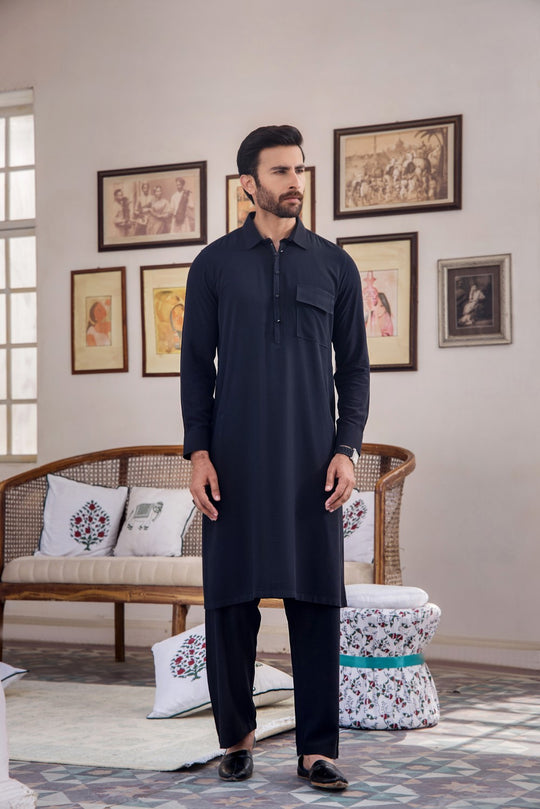
Have you ever noticed how men’s clothes often seem to cost less than women’s clothes? This might seem unfair, but there are a few reasons why this happens. The price difference isn’t just about one brand wanting to charge more. Instead, it has to do with fashion trends, materials, marketing, and even the way clothes are made. Let’s break it down in simple terms.
Fashion Trends for Women Change More Often
Fashion is a big part of why women’s clothes are usually more expensive. Fashion trends for women change very quickly. A style that is popular today may be old news by next month. Brands know this, so they create new designs all the time to keep up with what women want.
This constant need for new designs means that brands spend more money on research and development to stay on top of trends. They hire designers to create fresh styles, and that cost gets added to the price of the clothes. Men’s fashion, on the other hand, doesn’t change as quickly. Men often wear classic designs like plain shirts, jeans, or suits, which don’t go out of style as fast. Since the designs are more stable, the cost to produce men’s clothes stays lower.
Different Materials Are Used
The fabric used in women’s clothing is often different from that used in men’s clothing. Women’s clothes are more likely to use fabrics that are softer, lighter, or more delicate, like silk, lace, or fine cotton. These materials are more expensive to make or buy.
Men’s clothes are more likely to use sturdy fabrics like denim or thicker cotton, which can be cheaper to produce. The difference in materials adds up, especially when a piece of women’s clothing is made with several layers of fabric or extra details like embroidery or sequins.
Size and Fit Are More Complicated for Women
Another reason women’s clothing can be more expensive is because of the complexity of sizing and fit. Women’s bodies come in many shapes, and there’s more variety in how women want their clothes to fit. Some women prefer fitted clothes, while others like looser styles.
To meet this variety, brands often need to make more sizes or adjust patterns for each body type. This requires more time and effort during production, which makes the process more expensive. On the other hand, men’s clothing sizes are often simpler, with fewer options for different body shapes. Men’s clothes tend to have a looser fit, which makes them easier and cheaper to produce.
Women’s Clothes Have More Details
Women’s clothing often has more design details than men’s clothing. This can include buttons, zippers, ruffles, lace, or decorative stitching. All these extra details take more time and effort to add during production. The more work involved in making the clothes, the higher the cost.
Men’s clothes, by comparison, are generally simpler. A typical men’s t-shirt or pair of pants might just have a basic cut with no extra details. Fewer details mean less time to produce the item, which helps keep the price down.
Marketing Is Different
How companies market clothes to men and women is also different. Women’s fashion is often marketed as something exciting and new, making it feel like buying the latest style is a must. This creates more demand for a constant flow of new clothes, and higher demand can lead to higher prices.
Men’s fashion, however, is often marketed around practicality and durability. Men tend to buy clothes less often, but when they do, they want something that will last a long time. Because of this, brands don’t need to release new men’s clothes as often, which keeps costs lower.
Women Shop More Frequently
Studies show that women tend to buy clothes more frequently than men. Retailers know this, so they are able to charge more for women’s clothes because they know women will continue to shop for the latest trends. Men typically buy clothes less often and tend to stick with what they know.
This difference in shopping habits plays a big role in pricing. Brands can charge more for women’s clothing because the demand is higher, and women are more likely to spend on new outfits regularly.
Men’s Clothes Are Produced in Larger Quantities
Men’s clothing is often made in larger quantities because styles don’t change as often. When companies produce large quantities of an item, the cost to make each individual piece goes down. This is called “economies of scale.” Because men’s clothes stay in fashion longer, companies can afford to produce more of the same item, and the savings are passed on to the customer.
Women’s fashion changes so quickly that brands can’t always produce large quantities of the same item. Once a trend is over, they have to move on to the next thing, so they produce smaller quantities, which makes the clothes more expensive to make.
Conclusion
So, why are men’s clothes cheaper than women’s? It comes down to several factors: fashion trends, materials, design complexity, and even marketing. Women’s clothes are often more detailed, made from more expensive fabrics, and are designed to fit a wider range of body types. On top of that, brands know that women are more likely to shop frequently and want the latest trends, so they charge more.
Men’s clothes, on the other hand, are simpler, use cheaper materials, and don’t change as often, which helps keep costs down. While it may seem unfair, these factors all contribute to the price difference between men’s and women’s clothing.








